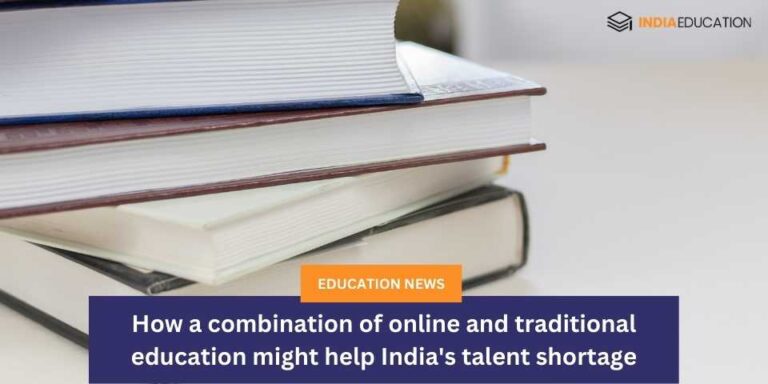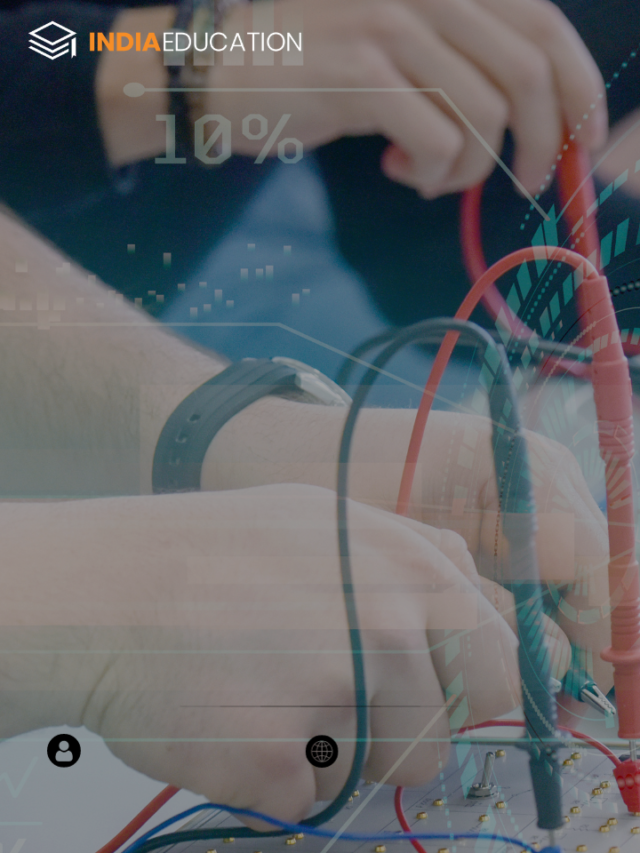
How a combination of online and traditional education might help India's talent shortage
Nitin Varma

In a society severely affected by the COVID pandemic, where every aspect of life—including work, education, and play—has been altered in some way, online has emerged as the “New Normal.” Online work and education have allowed millions of people around the world to continue their studies and save numerous jobs in the new normal.
The field of education has experienced a paradigm-shifting change thanks to online learning. The Covid-19 time, not only enhanced the educational and learning process, but it also aided in the introduction of a lot of novel ideas and innovations. It has greatly raised educational standards and supported the growth of skills in remote and rural areas. Additionally, it has ensured that receiving a high-quality education is convenient, affordable, and easy to acquire.
However, in the post-Covid era, many people are unsure of whether to balance online and offline learning or to choose one over the other. This problem can be resolved by combining online and offline education. “A combination of online learning techniques and offline learning sessions through practical training can solve India’s skill crisis,” said Varun Gupta, founder of IMTS Noida. “This will help produce a workforce that is equipped for employment.”
“Online learning can enhance the learning process, whilst offline learning might focus it more on application. A workforce with knowledge and skills can be produced with a balanced blend of online and offline blended learning. The main benefit of blended learning is that it provides “the best of both worlds,” combining the advantages of online learning with those of traditional classroom instruction “added Gupta.

One of the main barriers to India’s inaccessible educational system can be eliminated by blended learning. After China and the US, India has the third-largest higher education system, but access to higher education, especially equitable higher education, is still problematic for a variety of reasons, from affordability to opportunity.
This issue can be quickly solved with blended learning. Students not only save on course costs but also a variety of other benefits like moving expenses and other overheads.
In a labor market like India, where the skill gap is widening, blended learning may show to be a more efficient and expedient way to develop skilled labor. According to a recent Skillsoft 2022 IT Skills and Salary Report, the skills gap is substantially wider, especially in the information technology sector.
By 2026, India is expected to have a shortage of 14–19 lakh ICT professionals, according to a different Nasscom–Zinnov research.
This gap can be filled effectively and affordably with a combination of online and offline learning. India can seize this chance to use technology to improve and revolutionize education in the country, making it more democratic and leveling the playing field.
Latest News
People Reading Now

CBSE Compartment Result 2023 OUT: Click For Direct Link



CSAB 2023: Special Round Registration Begins Today







